-
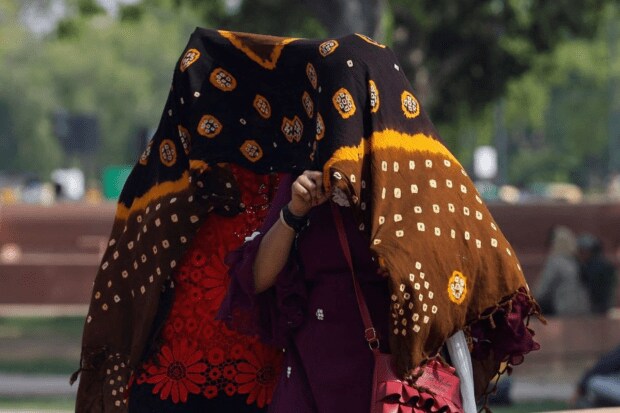
Delhi is boiling and so is the whole of North India. While south India may be witnessing a streak of monsoon showers, extreme heatwaves across the northern states have caused much discomfort to the people, especially the ones who are commuting for work everyday. Scientists have warned that the heatwave conditions might intensify with the rapidly changing global climate. It may also lead to longer periods of hot and humid conditions, affecting larger areas.
While Delhi recorded its maximum temperature of 45 degrees on Wednesday, mercury in Rajasthan, Haryana and Punjab stays above 40 degrees. (Photo Source – Reuters) -

The temperatures have soared above 40 degree Celsius across North India this week. People have been experiencing extreme discomfort which has also put a dampener on their travel plans. (Photo Source – AP)
-
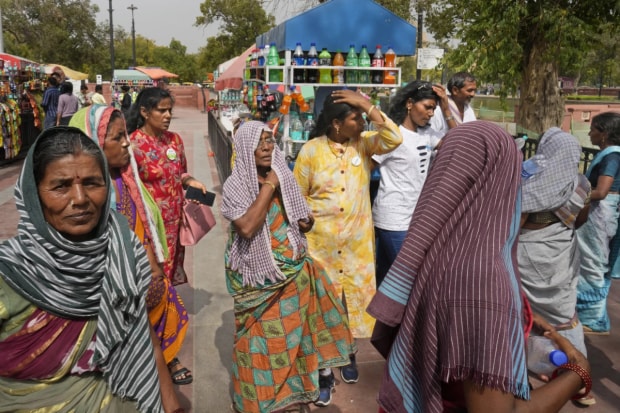
Red Alert in Delhi: The IMD had issued a red alert in Delhi due to a spike in humidity level which led to soaring temperature in the national capital. The ‘feel-like’ temperature was at 50 degree Celsius. (Photo Source – AP)
-
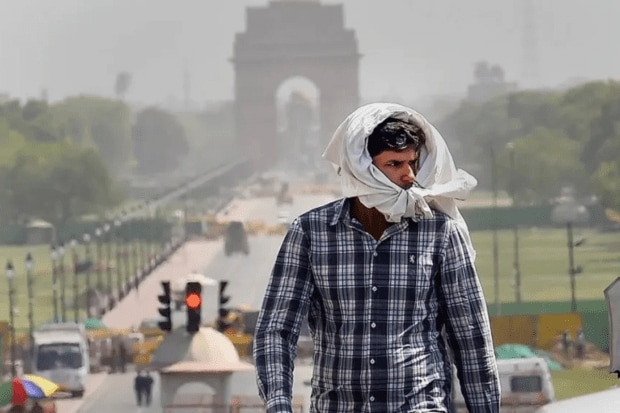
Along with Delhi, a red warning has also been issued for other states including Himachal Pradesh, Rajasthan and Punjab. (Photo Source – PTI)
-
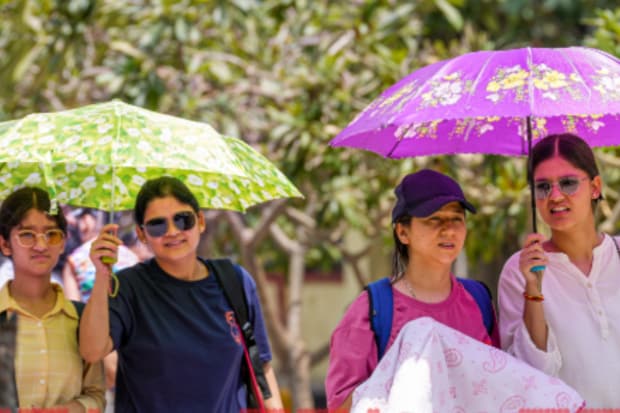
Una in Himachal Pradesh recorded the highest maximum temperature of 44.2°C on Tuesday, as several stations across the hill state continued to report above normal temperatures. (Photo Source – PTI)
-

The mercury shot up to Highest Maximum Temperature, 48 degrees Celsius in Rajasthan’s Ganganagar on Wednesday. (Photo Source – ANI)
-
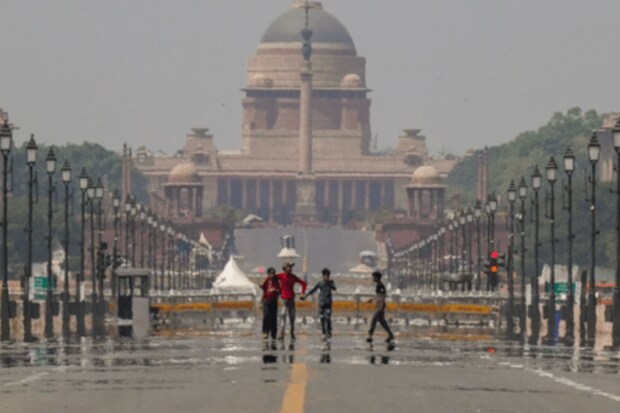
“Respite is expected from June 13 as the region will get moisture laden winds from the southwest from the Arabian Sea and southeast winds from the Bay of Bengal, which will confluence over the plains of northwest India”, Krishna Mishra, weather scientist at IMD told TOI. (Photo Source – ANI)
-
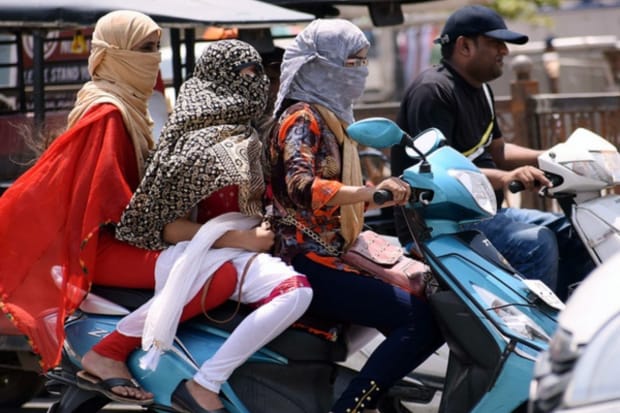
Last year, the heatwave persisted for a month killing more than 100 people. There were over 40,000 suspected cases of heat stroke, according to the data provided by the Health Ministry. (Photo Source – ANI)
-
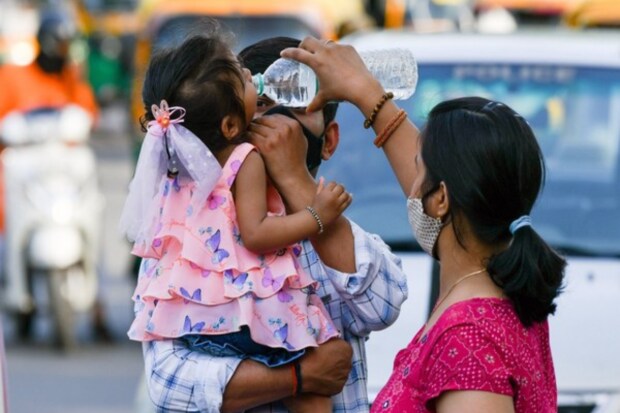
The Intergovernmental Panel on Climate Change’s (IPCC) sixth assessment report and recent scientific papers have warned of more frequent and intense heat waves in South Asia even during monsoon months. (Photo Source – ANI)
-

A study by IPE Global and Esri India reveals that by 2030, a 43% rise in the intensity of extreme rainfall events is to be seen across India due to climate change, resulting in humid and hotter temperatures. (Photo Source – ANI)

e-Passport launched in India: Who can apply, how to apply, application fee, benefits, key security upgrades and more






